Turkish Mythology: Exploring the Enchanting World of Gods, Creatures, and Legends
Turkish mythology is a rich tapestry of ancient beliefs, folklore, and legends that have shaped the cultural heritage of Turkey. Deeply rooted in the region's history and influenced by various civilizations, Turkish mythology offers a fascinating glimpse into the beliefs and imaginations of the ancient peoples of Anatolia. In this article, we embark on a captivating journey through Turkish mythology, exploring the gods, creatures, and captivating legends that continue to capture the imagination and inspire curiosity to this day.
I. The Pantheon of Turkish Gods:
1. Tengri:
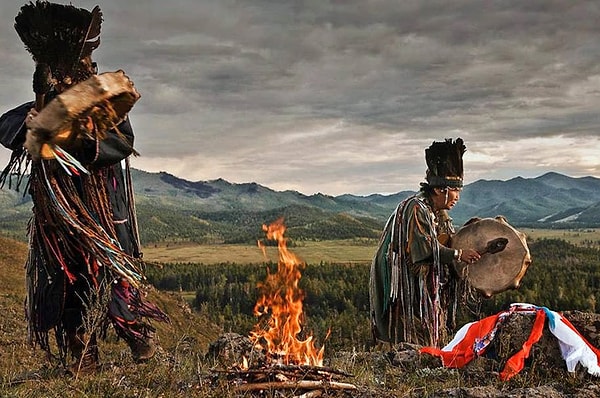
At the core of Turkish mythology stands Tengri, the supreme sky god. Revered as the ruler of the heavens and the creator of all things, Tengri embodies cosmic harmony and is associated with celestial phenomena.
2. Ülgen:

Known as the god of goodness and wisdom, Ülgen plays a vital role in Turkish mythology. Often depicted as an old man with a long white beard, he serves as a guide and protector of humanity.
3. Gök Tanrı:
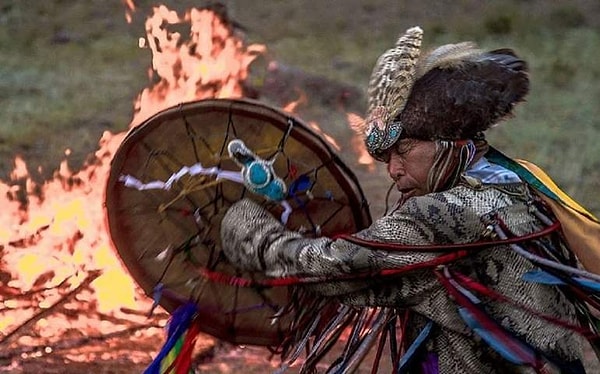
The personification of the sky, Gök Tanrı is believed to control weather patterns and celestial events. Ancient Turks attributed their victories in battle to the favor of Gök Tanrı.
4. Ece:

The goddess of fertility, Ece, embodies the nurturing and life-giving aspects of nature. She is associated with abundance, agriculture, and the well-being of the land.
II. Mythical Creatures and Beings:
1. Şahmeran:
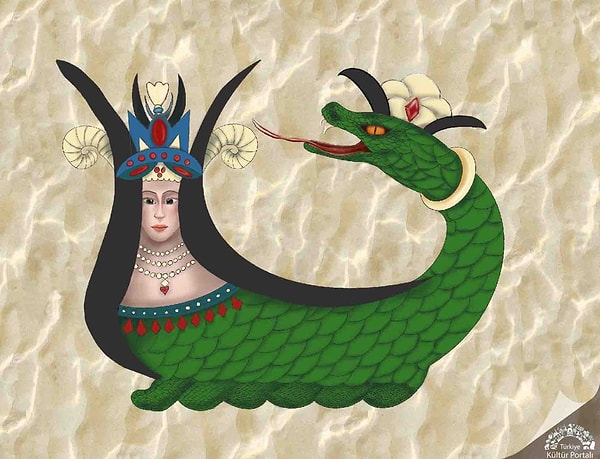
Şahmeran is a half-human, half-snake creature often depicted as a beautiful woman with a snake's tail. Legend has it that she possesses knowledge of both the mortal and immortal realms.
2. Karagöz and Hacivat:
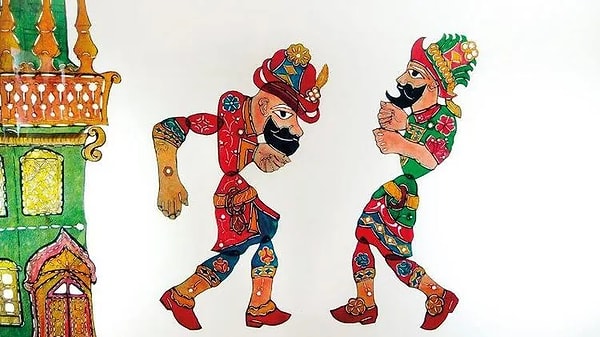
These iconic characters are part of the Turkish shadow puppet theater tradition. Karagöz represents the common folk, while Hacivat portrays the educated elite. Their comedic interactions entertain and reflect societal dynamics.
3. Akbaba:
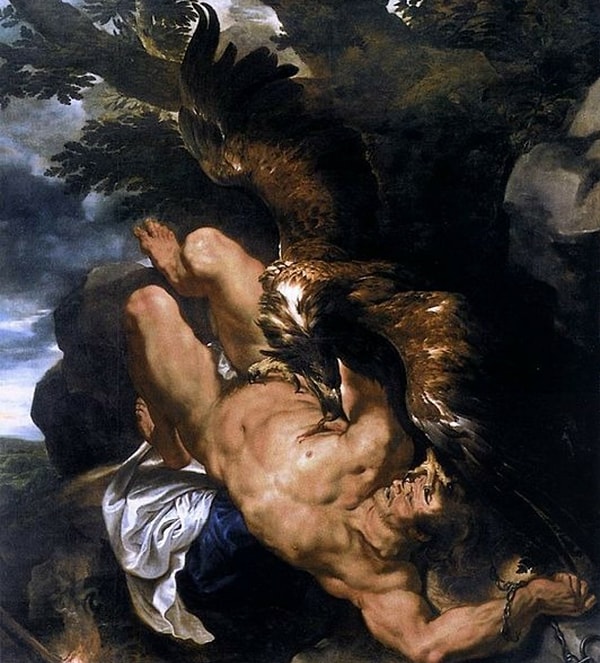
The Akbaba, or 'death bird,' is a mythical creature associated with the afterlife. It is said to carry the souls of the deceased to the realm of the ancestors.
4. Bürüch:
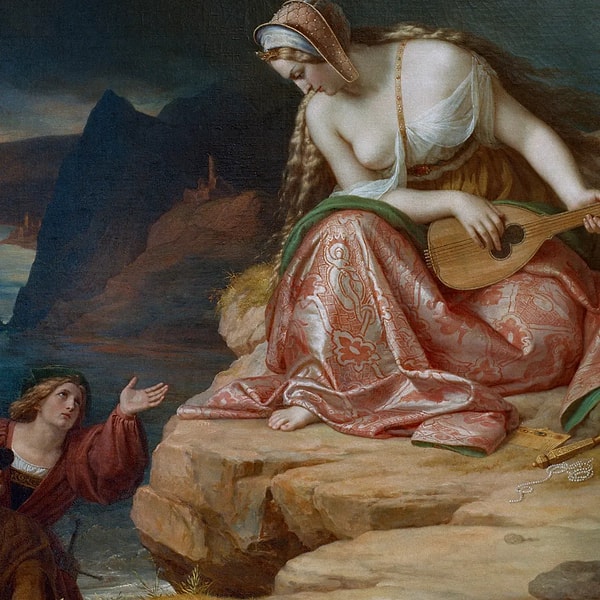
Bürüch is a malevolent creature in Turkish folklore, known for its ability to shape-shift into various forms. It is often portrayed as a trickster and bringer of misfortune.
III. Legendary Tales and Epics:
1. Epic of Dede Korkut:
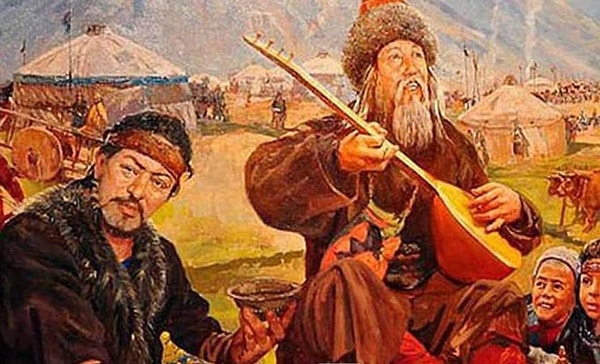
The Epic of Dede Korkut is a collection of heroic stories and legends passed down through generations. It narrates the adventures of Dede Korkut, a wise elder, and his warriors, capturing the spirit of courage, honor, and loyalty.
2. The Legend of Asena:
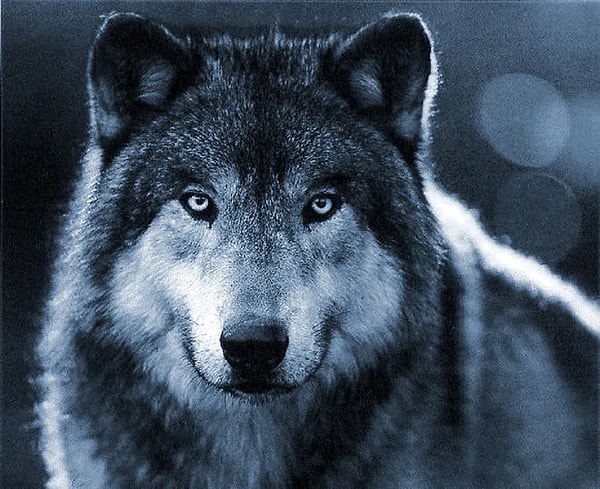
This origin tale tells the story of Asena, a she-wolf who rescues a child and becomes the mother of the Turkic people. Asena symbolizes strength, resilience, and the ancestral connection of the Turkish people.
3. The Maiden's Tower:
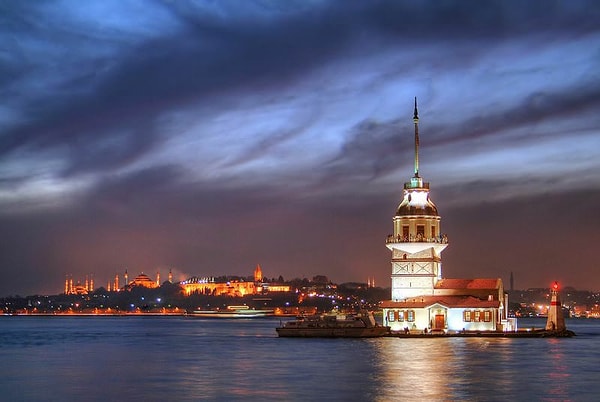
The legend of the Maiden's Tower revolves around a princess who is confined to a tower on an island. Various versions of the tale exist, each with its own romantic and tragic elements.
4. The Ballad of Köroğlu:
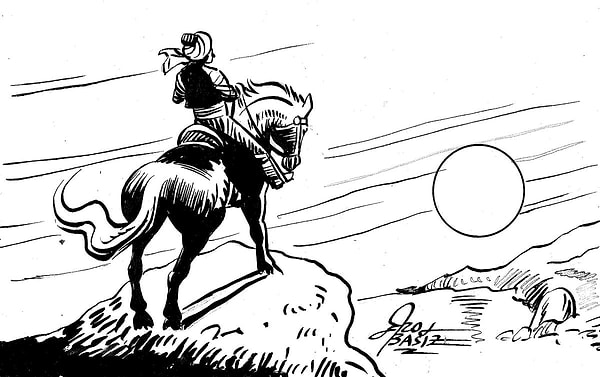
The Ballad of Köroğlu recounts the adventures of a heroic outlaw named Köroğlu. His bravery, wit, and defiance of oppressive rulers have made him an enduring symbol of resistance and independence.
IV. Influences and Legacy:
Turkish mythology is a product of diverse cultural influences, including Turkic, Persian, Greek, and Arabic. Over the centuries, these influences have shaped and enriched Turkish mythology, creating a unique blend of beliefs and narratives. The mythology also bears similarities to other mythological traditions, such as Central Asian, Turkic, and Mesopotamian, showcasing the interconnectedness of ancient civilizations.
The legacy of Turkish mythology is deeply intertwined with Turkish culture and folklore. Its tales and characters continue to inspire various forms of artistic expression, including literature, music, dance, and visual arts. Many traditional rituals, customs, and festivals in Turkey are rooted in mythological beliefs and practices, reinforcing the enduring influence of these ancient stories on contemporary Turkish society.
Furthermore, Turkish mythology serves as a source of national pride and identity.
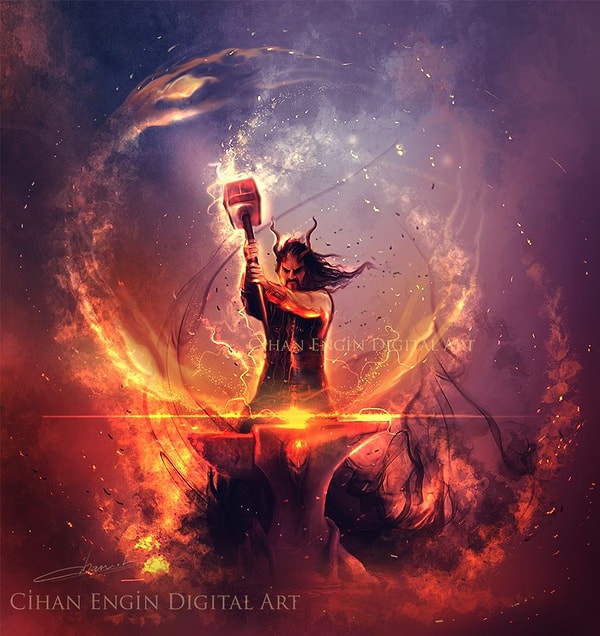
It connects modern-day Turks to their ancient roots and serves as a reminder of their rich heritage. The preservation and study of Turkish mythology have become important endeavors, ensuring that these ancient beliefs and stories are passed down to future generations.
In recent years, there has been a renewed interest in Turkish mythology both within Turkey and globally. Scholars, researchers, and enthusiasts have delved deeper into the subject, unearthing forgotten tales, deciphering ancient symbols, and exploring the symbolism and metaphors embedded within these narratives. This resurgence has sparked a revival of interest in traditional folklore and mythology, fostering a sense of cultural appreciation and a reconnection with ancestral wisdom.
Which one of these legends did you know? Tell us in the comments!
Keşfet ile ziyaret ettiğin tüm kategorileri tek akışta gör!


Send Comment